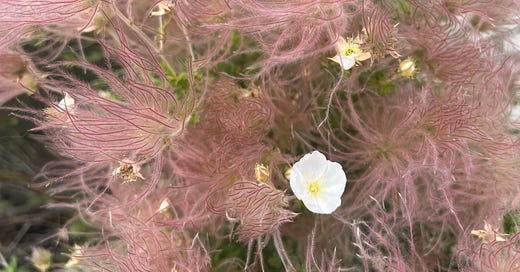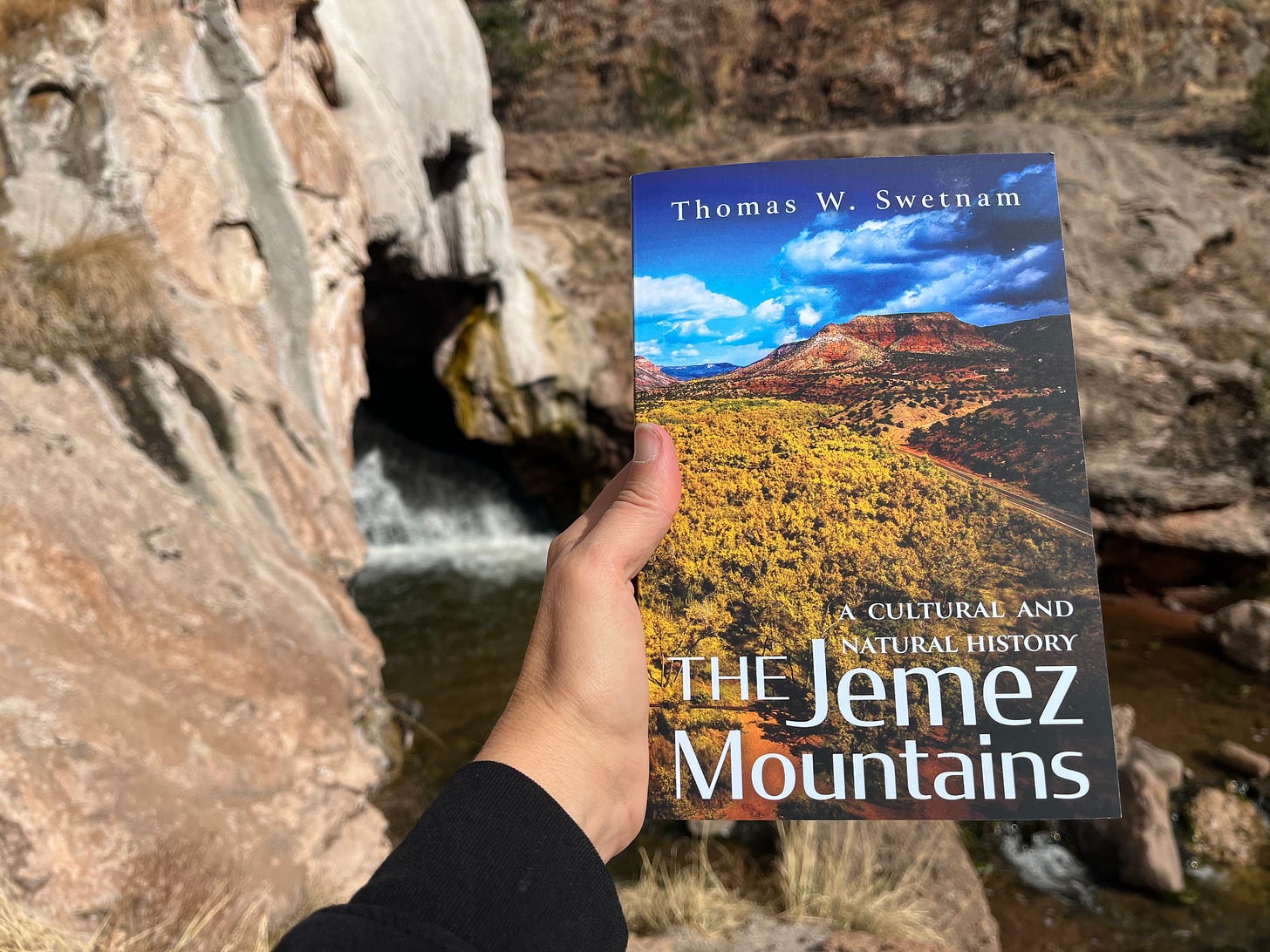Good morning, friends,
There’s so much news to share that I’m keeping things straightforward in this week’s newsletter.
If you’re a new subscriber, hi, and thanks for coming on board! If you’re interested in reading past issues — which typically include more original writing than today’s email — you can visit the homepage.
New Mexico-related environmental news:
90K gallons of sewage spilled at a South Valley school. APS didn't tell anyone about it right away (Noah Alcala Bach and Megan Gleason, Albuquerque Journal)
Possible settlement reached in long-running Rio Grande dispute (Danielle Prokop, Source NM)
Lawmakers urge water board to reconsider produced water rule (Danielle Prokop, Source NM)
Colorado River bigwigs make ‘disturbing’ retreat from the public eye amid tense talks (Alex Hager, KUNC)
As states rethink wildlife management, New Mexico offers a new model (Alex Brown, Stateline)
In Southern Arizona, Community Opposition to Mining Grows in Towns That Once Depended on the Industry (By Wyatt Myskow and Yana Kunichoff, Inside Climate News)
NM fire victims find recourse in court after delays, inaction by Congress, FEMA (Patrick Lohmann, Source NM)
Feds start process to evaluate environmental impacts of pit production (Alaina Mencinger, Santa Fe New Mexican)
Some Santa Fe County residents worry water rights transfer could hurt their wells (Cormac Dodd, Santa Fe New Mexican)
New Mexico updating plan on haze at protected sites, even as EPA takes aim at entire program (Alaina Mencinger, Santa Fe New Mexican)
Failing Water Infrastructure in NM (NM in Focus interview; Correspondent Elizabeth Miller with the Utton Center’s Adrian Oglesby)
House Natural Resources Chair’s Oil Stock Purchases Were Unusual For Committee (Roque Planas and Chris D’Angelo, Public Domain)
Farmers Sued Over Deleted Climate Data. So the Government Will Put It Back. (Karen Zraick, The New York Times)
Columns and Commentary:
Drill, Baby, Dr … Never Mind. Will Trump kill energy independence? (Paul Krugman)
Unmarked border military zone threatens us all (Heath Haussamen)
Time for adults to finally act like adults on climate change (editorial in Nature)
Misc. cool things:
A rockslide-generated tsunami in a Greenland fjord rang Earth for 9 days (Kristian Svennevig et al, Science)
An Essay of (K)nots and Footnotes (Layli Long Soldier, Emergence Magazine)
This week’s episode of the Lesser Known New Mexico Podcast:
Episode 2 features Tom Swetnam, Professor Emeritus of Dendrochronology at the University of Arizona, who talks about his hopes for the future when it comes to managing healthy fire in southwestern forests.
Andy Lyman and I also sat down with High Country News correspondent Shaun Griswold (Pueblo of Laguna with Jemez and Zuni ancestry), to discuss his recent essay, “The Cybertruck is all tricks and no truck, a musky Tesla fail.”
Listen to Episode 2 here. And you can also hear the full conversation with Tom about fire in the Jemez; Soda Dam; and his new book, and The Jemez Mountains: A Natural and Cultural History.
Subscribe to the Lesser Known New Mexico Podcast for free on Substack, Spotify, or Apple.
And thanks to KUNM for the shoutout last week, and for airing an excerpt of our conversation with Source NM reporter Patrick Lohmann.
Events, Meetings, & Public Comment Periods:
Middle Rio Grande Conservancy District Meeting (May 12, 3 p.m.)
The New Mexico Department of Game and Fish has released its Draft 2025 State Wildlife Action Plan and the public comment period is open until June 9. Find the plan and learn how to comment on the SWAP homepage.
The New Mexico Environment Department is continuing to hold meetings on the state’s Climate Action Plan. Read the Climate Action Plan online, and register for the meetings here: https://www.surveymonkey.com/r/ZBHC3BG
Public comment period on changes to the Endangered Species Act is open until May 19
For the book nerds:
Currently reading: Far Country, by Kyce Bello
Can’t wait to read: The Wild Dark: Finding the Night Sky in the Age of Light, by Craig Childs
Thinking about re-reading: Fluid Geographies: Water, Science, and Settler Colonialism in New Mexico, by K. Maria Lane
And speaking of water, science, and settler colonialism in New Mexico, as of Monday, 26.5 miles of the Middle Rio Grande are dry.





